Can I use tallow instead of beef dripping?
Why You Don’t Need to Worry About the Confusion Between Beef Dripping and Tallow
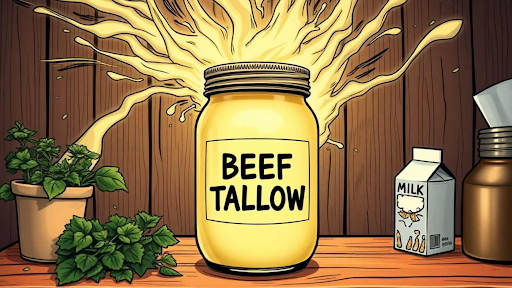
What Makes Beef Dripping and Tallow Different?
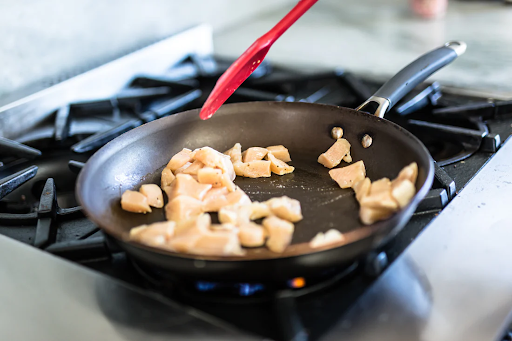
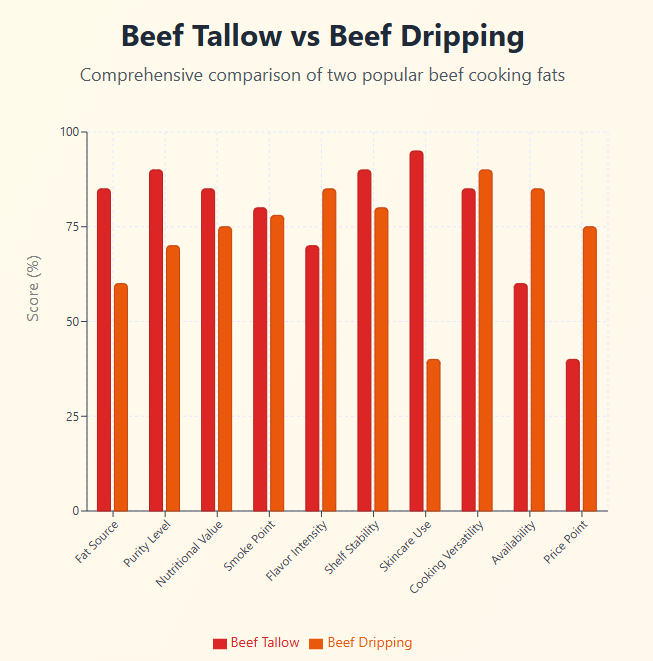
Are These Healthy Fats ?
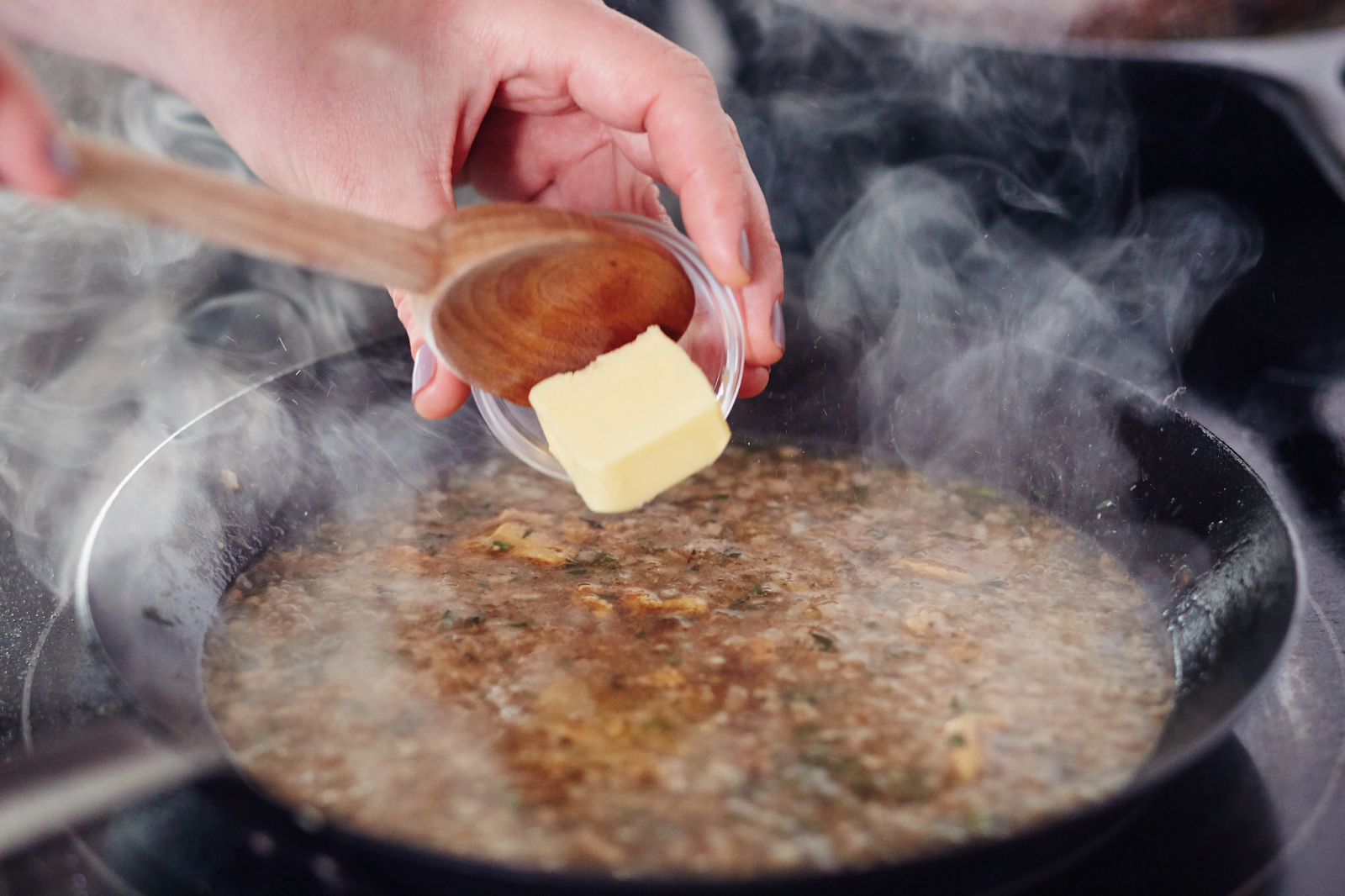
How to Store Them ?

| Fat Type | Storage Method | Shelf Life | Tips |
|---|---|---|---|
| Beef Dripping | Fridge (up to 6 months) Freeze for longer |
Up to 6 months (fridge) | Use airtight containers to prevent oxidation and maintain flavour |
| Beef Tallow | Cool, dry cupboard or fridge | Up to 1 year | Use airtight containers to prevent oxidation and maintain flavour |
Who Should Use Which?
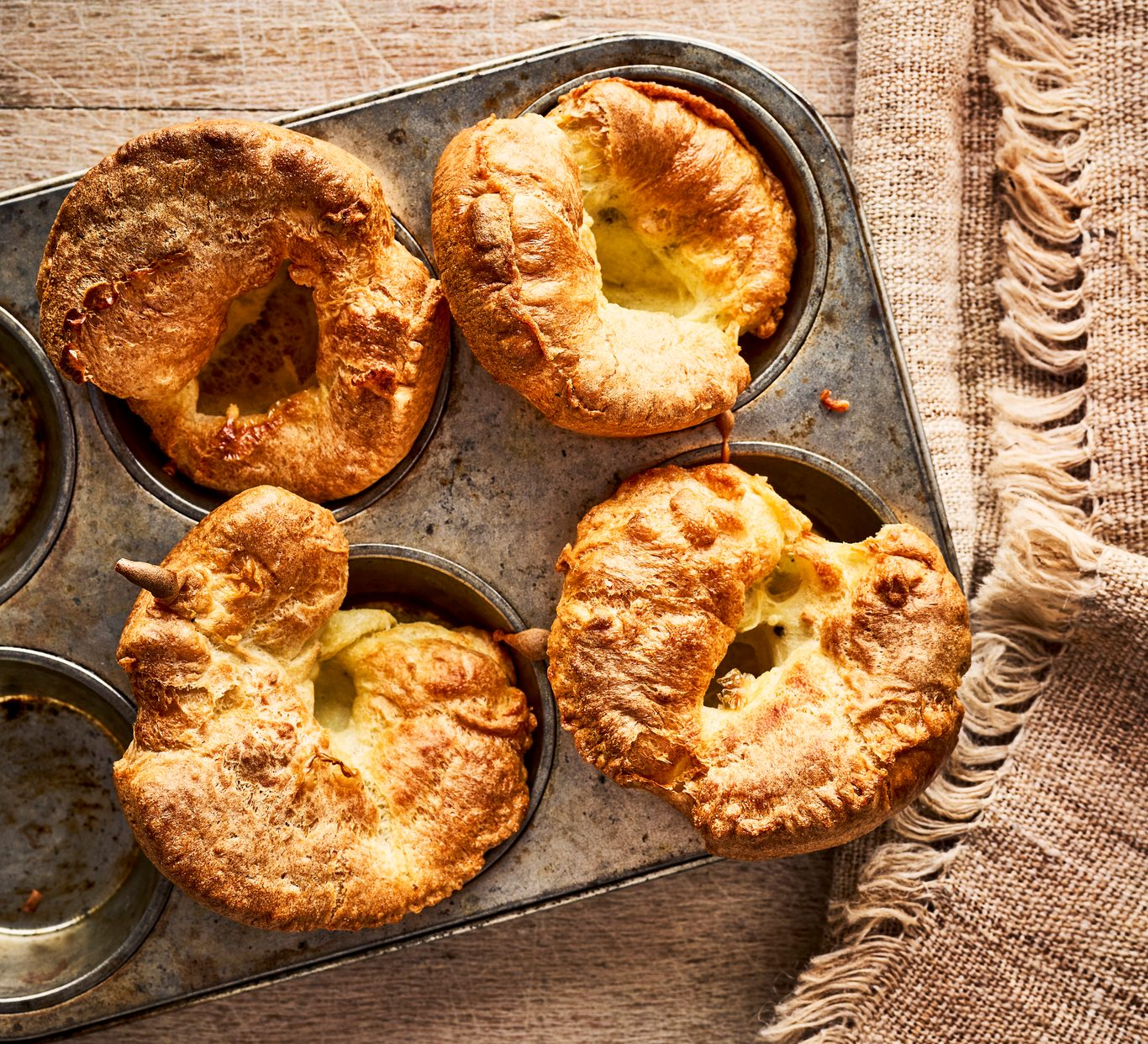
The Science Behind Beef Dripping and Tallow
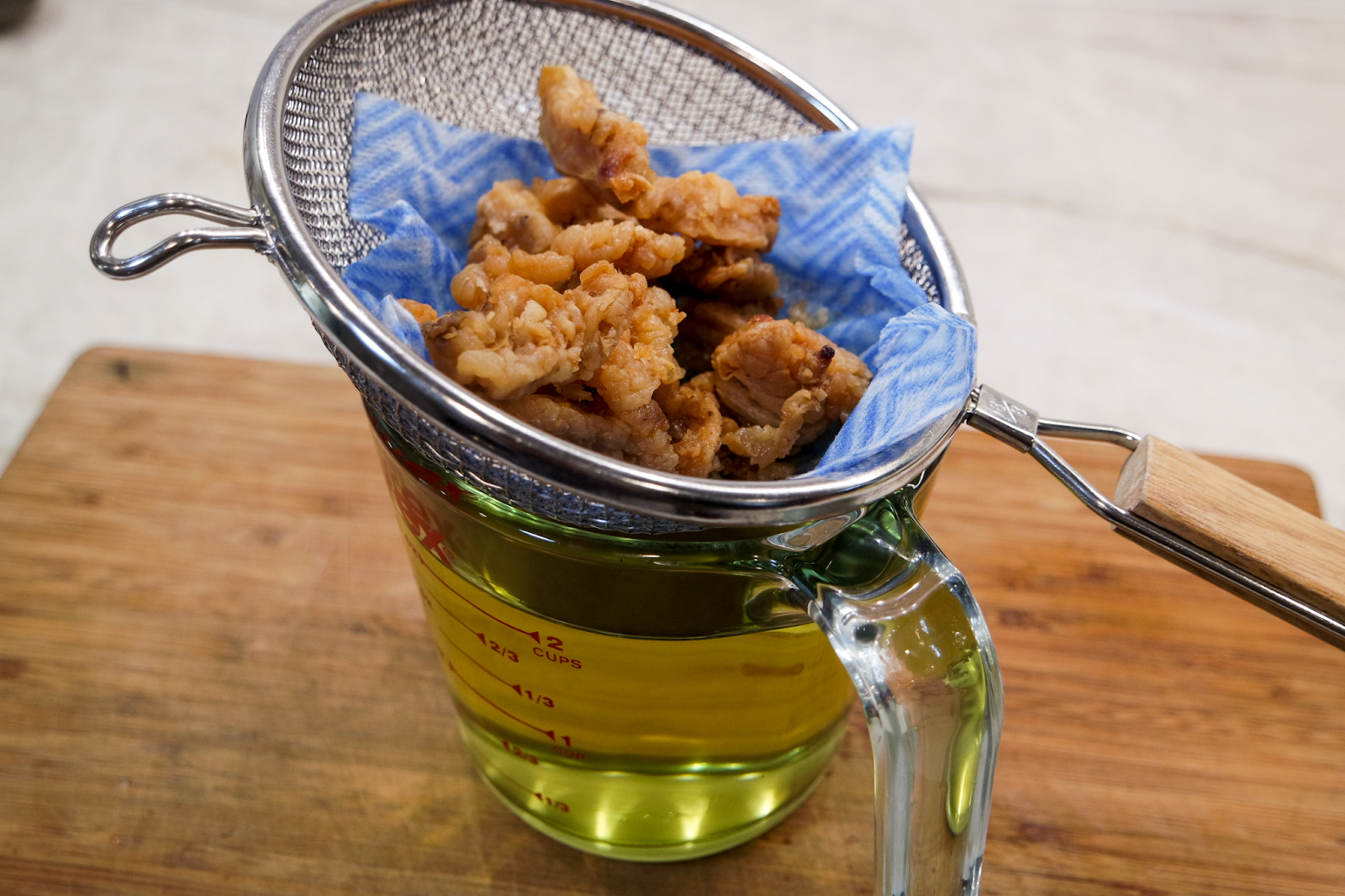
How to Use Them Safely and Effectively ?
Why You Don't Need to Worry About Confusion Between Beef Dripping and Tallow
How to Incorporate Them into Your Cooking ?
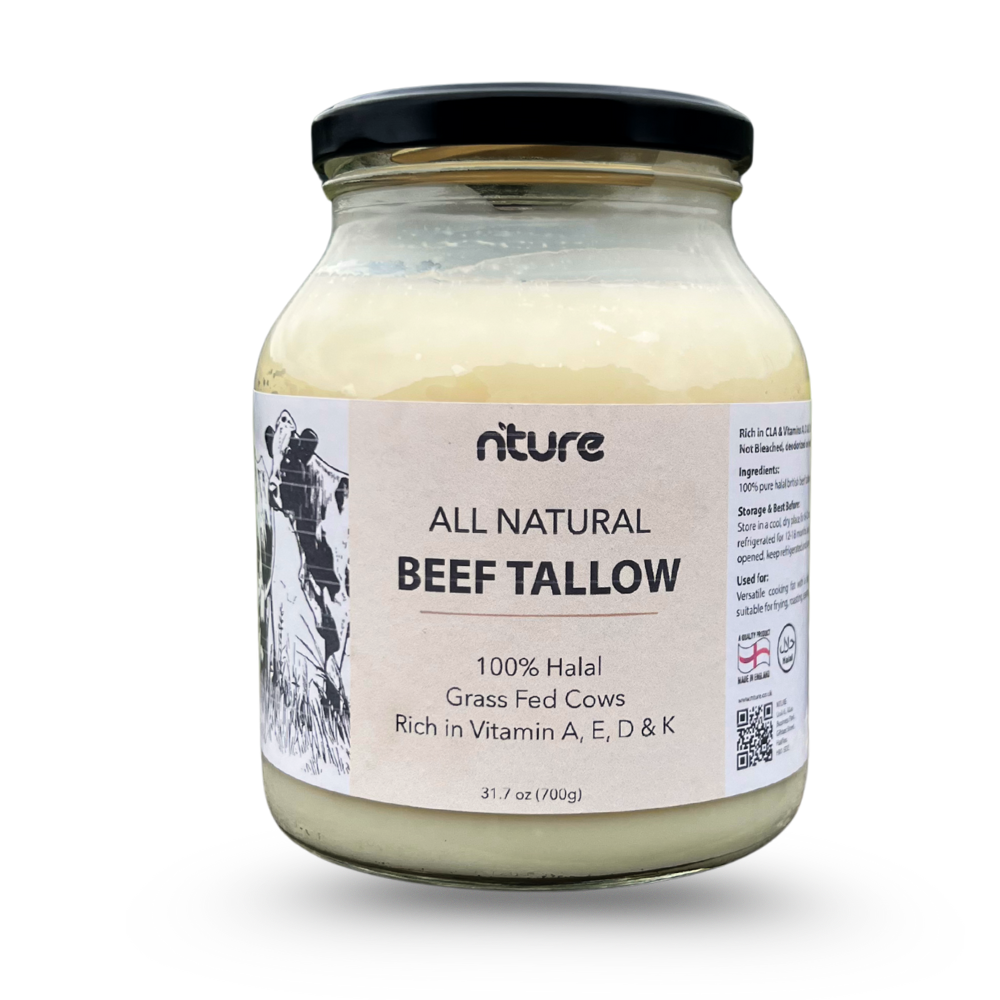
FAQs
Most Popular Blog Posts




